




IAFI Events
Explore and Discover How Our Amazing Region was Formed!
Field Trips, Presentations and Other Events are designed to educate, entertain and leave you with a sense of “wow” along with providing fascinating information about the Ice Age Floods.

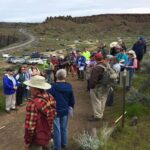
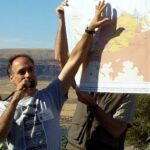



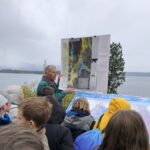
Ice Age Floods Institute Events Inspire, Encourage Exploration, Offer Friendship and Involvement
The Wenatchee Valley Erratics Chapter of the Ice Age Floods Institute will meet Tuesday, December 9 at 7:00 PM, at the Wenatchee Valley Museum and Cultural Center, 127 S. Mission,

The unique landscape of the Channeled Scablands was a mystery that baffled the first geologists who visited them over 100 years ago. Finding clues, they unraveled the mystery


Field Trips and Hikes are led by amateur and professional Geologists with new and amazing information to share. They are fun, exciting and informative outdoor adventures for the entire Family to enjoy!
Visit our Activities Event Calendar below for IAFI Field Trips, Hikes and other activities in your area, and go have a great time!

We offer indoor Presentations, especially popular when heat or cold make outdoor Field Trips too uncertain or uncomfortable. Many Presentations are available via Zoom.
We also offer programs for schools, senior centers and similar organizations to educate and stimulate minds about the Ice Age Floods.


Other Events such as meetings, festivals, conventions and gatherings, with various public and private organizations, help us tell the story of the Ice Age Floods, Geology, Wildlife and History.
We often have our ‘Store in a Box‘ at these types of events where people can view and purchase IAFI merchandise.
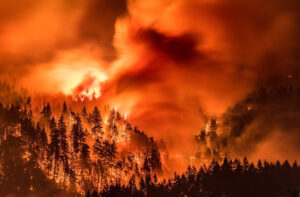
I’ve found there is huge public interest and concern about the catastrophic effects of the Eagle Creek Fire on the Columbia River Gorge. Pictures of ridgeline after ridgeline enveloped in bright orange fire, trees bursting into towering flames, and the choking smoke that filled valleys throughout the Pacific Northwest are

In what may be the most dramatic mass extinction in Earth’s history, an asteroid impacted our planet 66 million years ago near what is now Chicxulub on the Yucatan Peninsula. The resulting hellscape extinguished 75 percent of then living species – including all non-avian dinosaurs. Over the last few years, scientists
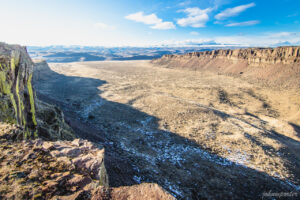
Ice Age Floods Smithsonian Article Devastating Ice Age Floods That Occurred in the Pacific Northwest Fascinate ScientistsThe Scablands were formed by tremendous and rapid change, and may have something to teach us about geological processes on Marsby Riley Black – Science Correspondent – April 19, 2022 for Smithsonian Magazine The Earth seems to change

An ancient flood seems to have stalled the circulation of the oceans, plunging the Northern Hemisphere into a millennium of near-glacial conditions. Thirteen thousand years ago, an ice age was ending, the Earth was warming, the oceans were rising. Then something strange happened – the Northern Hemisphere suddenly became much
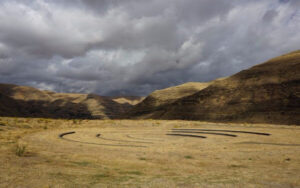
On October 7th at Chief Timothy Park near Clarkston, WA at the latest Confluence Story Gathering, Thomas Morning Owl (Umatilla tribe) noted there are indigenous people’s stories of massive floods going back to 14,000 years ago. While he didn’t elaborate, it would be very interesting to have these stories shared as first-hand

Bluefish Caves directly challenged mainstream scientific thinking. Evidence had long suggested that humans first reached the Americas around 13,000 years ago, when Asian hunters crossed a now submerged landmass known as Beringia, which joined Siberia to Alaska and Yukon during the last ice age. From there, the migrants seemed to

Bruce Bjornstad is at it again with his awesome Ice Age Floodscapes drone videos, this one from Frenchman Coulee. Watch it below and visit his Ice Age Floodscapes YouTube channel.for many more.

In September 2021 my wife and I took a trip to see what was new along the Ice Age Floods National Geologic Trail and visit some places we did not make it to in our very first trip in 2004. The IAFI chapter brochures were very helpful in learning what